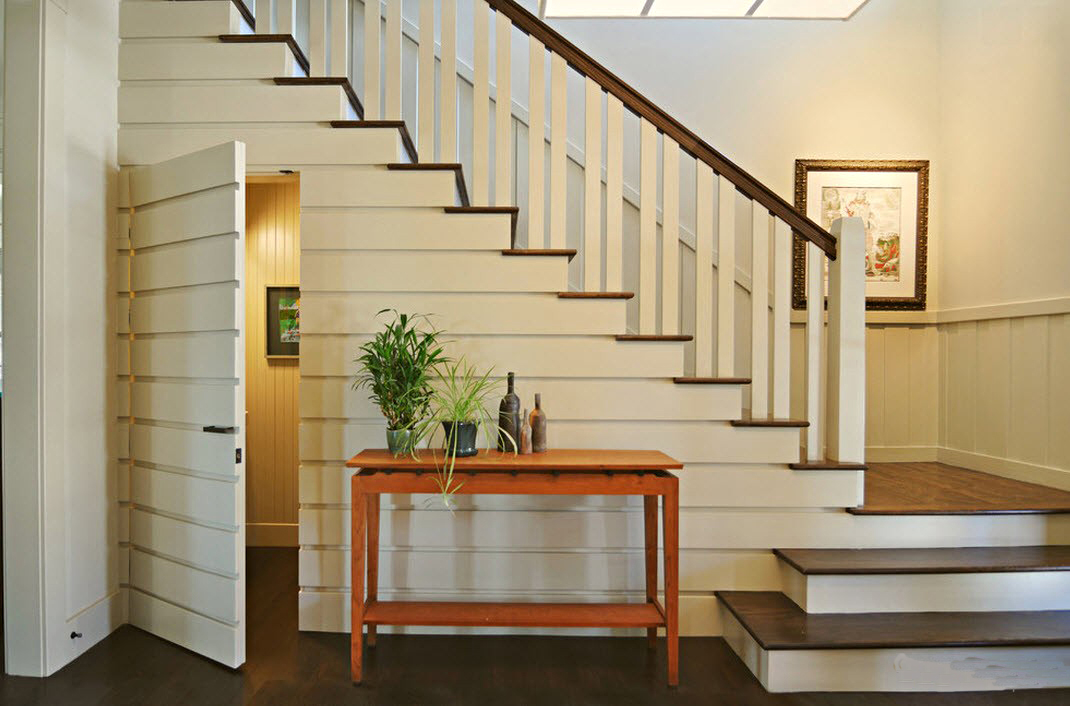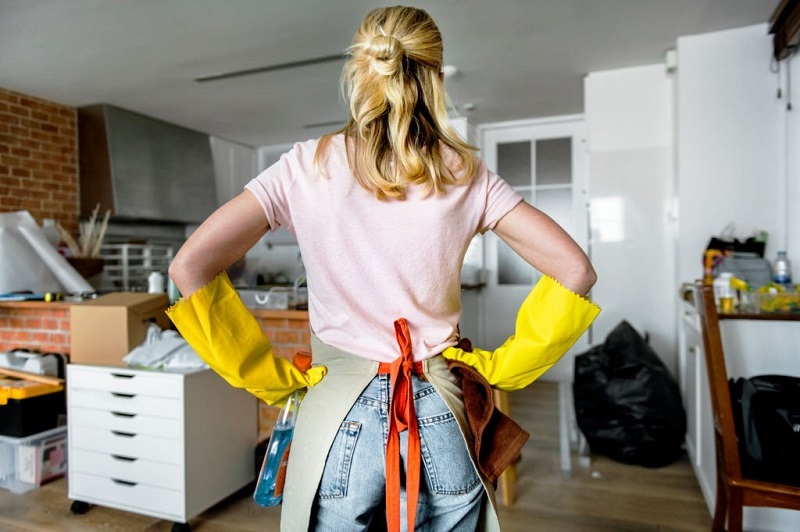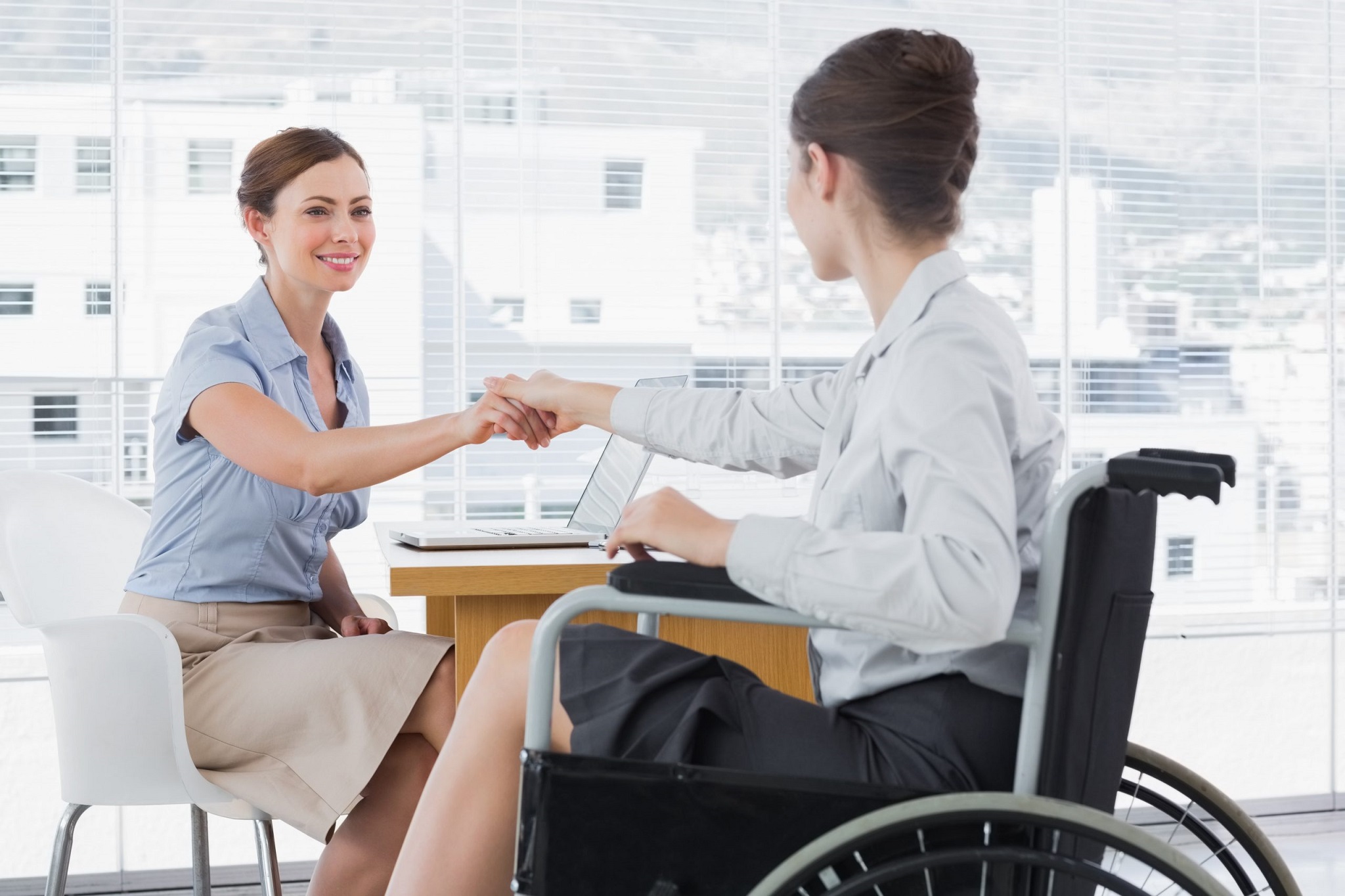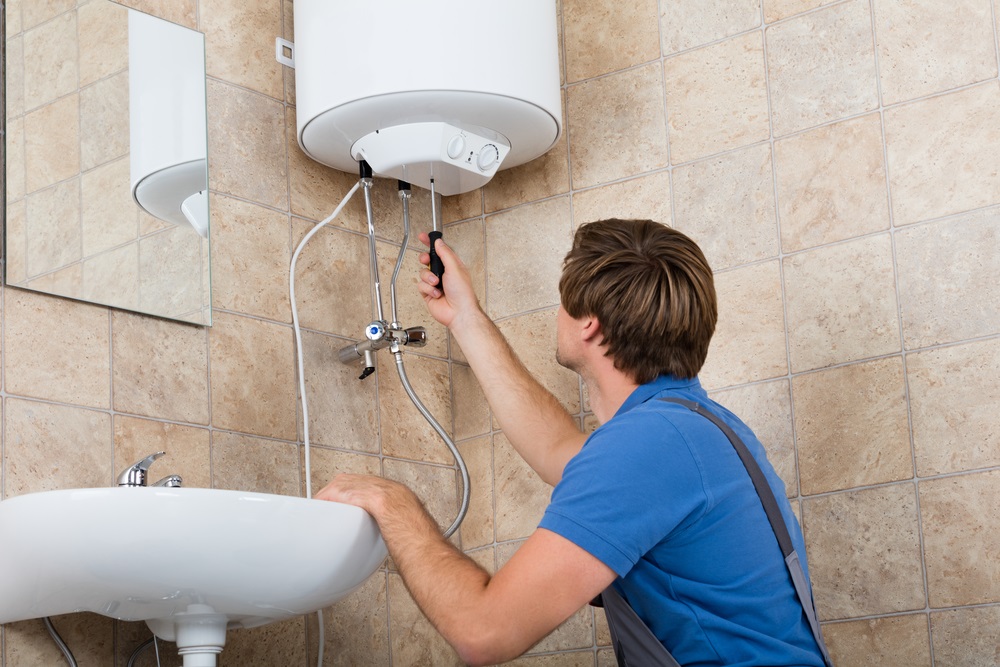
Fix Common Issues After a Staircase Installation
Staircases are an integral part of the structure of many homes and commercial buildings. Offering more than just the passage from one floor to another, staircases often make a substantial statement about the aesthetic and design of a space. However, after installation and years of use, there may be some potential issues that arise.
Common post-installation problems may include creaking noises, loose handrails, slippery steps, or misalignment of steps. These issues may sound daunting, but this guide provides solutions to tackle these staircase quandaries. Let’s delve deeper to understand staircase designs, their installation, and how to mend any related problems.
Understanding Staircase Designs and Installations
The design of a staircase is usually dependent on the overall architectural design of a building and the personal preferences of the owner. Traditional staircase designs range from straight stairs to L-shaped stairs, U-shaped stairs, and spiral stairs, among others. There is also room to experiment with modern, floating designs. Each design comes with its unique installation procedure informed by its form and function.
Successful staircase installation depends on several factors including the design chosen, the materials used, the dimensions of the available space, and the skill level of the installers. Proper planning and design are key to ensuring a smooth installation. Understanding the specific installation process of your chosen design will help avoid common issues that arise post-installation.
Common Problems Encountered After Staircase Installations
After your staircase has been installed, a few issues may crop up over time. One commonly reported problem is a creaking sound. This usually occurs when the wood in the stairs contracts and expands due to changing weather conditions, leading to loose fitting among the staircase components.
Another common bother is the loosening of handrails. Regular use and the weight exerted on these devises can lead to the weakening of their anchor points. Slipping steps can also be a problem, usually involving the degradation of the material on the steps, which then affects their traction. Lastly, you might experience misalignment of the stairs. This usually occurs due to settling or because of warped materials.
Troubleshooting Creaking Staircases
Creaking stairs can be quite annoying. Thankfully, it is a problem that can be fixed. The first step is to identify the source of the creak. This typically involves walking up and down the stairs to identify the noisy spots. After the source of the creaking sound has been identified, the next step is to tighten loose screws and applying a generous amount of adhesive to close up space between loose components.
It’s important to note that it may take more than one attempt to fix the problem given the different types of materials used in the different designs. If the noise persists even after trying to fix it yourself, you may want to hire a professional.
Correcting Loosened Handrails
Handrails are key safety features on staircases. Loose handrails can be a safety hazard. They typically loosen because of continued use and weight applied, or because the wood holding the brackets into place has worn out or rotted. To resolve this issue, inspect the handrail brackets and screws. If they are loose, tighten them.
If the inspection reveals that the wood holding the brackets is deteriorating, replace it with a new piece and then reinstall your handrail. It is essential to ensure the handrail is firmly fixed to prevent accidents.
Mitigating Slipping Steps
Over time, with repeated use, steps can become slippery due to the wearing down of friction and traction-adding materials. Whether you have wooden stairs, tiled stairs or any other type, slipperiness is a common problem. Mitigating this issue mainly involves adding grip to your steps, using carpets or non-skid coatings for example.
Slipperiness is a particular concern for homes with kids and elderly family members. Therefore, choosing high-quality, non-slippery materials for the stairs during the installation phase can make a lot of difference in the long term.
Aligning Misfit Steps
The comfort of using a staircase largely depends on the proper alignment of its steps. Misalignment of steps occurs due to settling material or warped wood. Fixes for this issue will require you to first identify the problematic step, and then adjust or replace the step.
It is however important to note that this could be a complex task, especially for those who aren’t handy, and it might be best to hire a professional. Always consider safety first before attempting to realign misfit steps yourself.
Seek Profession Help: When and Why
As mentioned above, there are times when it is necessary to seek professional help. Some staircase problems can be beyond a simple DIY fix and can pose potential safety threats if not properly addressed.
Professional contractors have the experience and knowledge to correctly diagnose and repair problems. They can also provide extensive maintenance services, helping to ensure that your staircase stays safe and reliable for much longer.
Staircase Maintenance: Best Practices to Avoid Future Issues
Regular maintenance of your staircase can help prevent a lot of future problems. Your maintenance practices will largely depend on the type of staircase that you have. For wooden stairs, for example, regular treatment can help prevent rot and warping. On the other hand, metal stairs might require regular painting to protect against rust.
Conclusion
Managing staircase installations and handling problems that may arise is indeed quite feasible. With the right information, tools, and, sometimes, help from professionals, your staircase can remain functional and aesthetically pleasing.
You May Also Like

Apartment / House Cleaning Services
November 11, 2022
How to Become a Registered Migration (MARA) Agent in Australia: A Step-by-Step Guide
August 26, 2025


